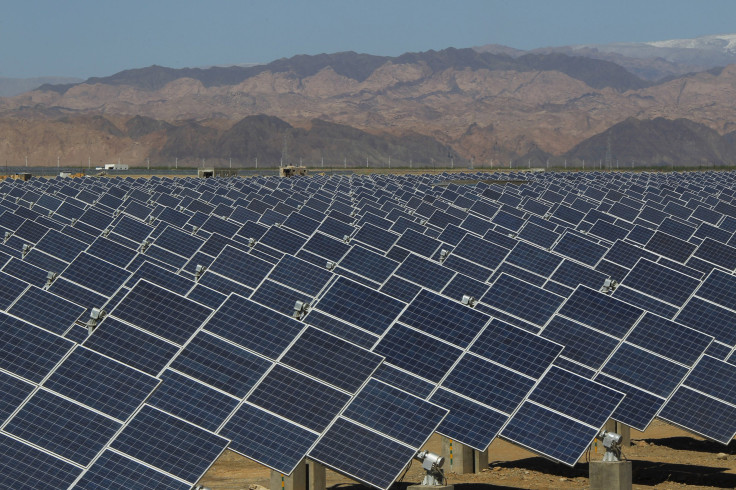Renewables Top Coal In Energy Capacity: IEA Report

The installed capacity to generate power through the use of renewable sources of energy has now crossed that of the world’s capacity to generate power from coal, according to data from the International Energy Agency. In a statement Tuesday, IEA said renewables capacity surpassed coal last year and also significantly increased its forecast for the growth in renewables over the next five years.
The statement was based on IEA’s Medium-Term Renewable Energy Market Report 2016, which credits supportive government policies in countries like China, India, Mexico and the United States for the fastest-ever growth in renewable energy capacity installation even at a time when crude oil prices were at a historical low.
However, a distinction must be made between installed capacity and actual power generation. Fossil fuels like oil and coal, once extracted from the ground, can produce power round the clock, as compared with renewable sources of energy, which are dependent on external factors such as wind and sunlight. The world’s overall capacity to generate electricity is now led by renewable sources, but the actual production of power is still led by oil, followed by coal.
But it is no mean feat that “renewables accounted for more than half of the world’s additional electricity capacity last year.” The report forecasts that the price for generating electricity from solar photovoltaic cells will drop by 25 percent in the next five years, while power production from onshore wind turbines will be 15 percent cheaper during the same time-frame. The total share of actual power production from renewables is expected to increase to 28 percent in 2021 from the 23 percent in 2015.

Most of the 153 GW of additional capacity installation came from wind (66 GW) and solar (49 GW). To put that into context, the planet saw about half a million solar panels installed daily during 2015. China, which alone accounted for about 40 percent of the capacity increase, added two wind turbines every hour on average during the year.
“We are witnessing a transformation of global power markets led by renewables and, as is the case with other fields, the center of gravity for renewable growth is moving to emerging markets,” Dr. Fatih Birol, IEA’s executive director, said in the statement.
Despite the good news, IEA also sounds a note of caution, citing policy uncertainty in many countries; issues with integration of electricity generated from renewables with existing older distribution systems in a number of markets; the cost of financing, especially in developing countries; and the slow progress of renewables in the heat and transport sectors.
© Copyright IBTimes 2025. All rights reserved.





















